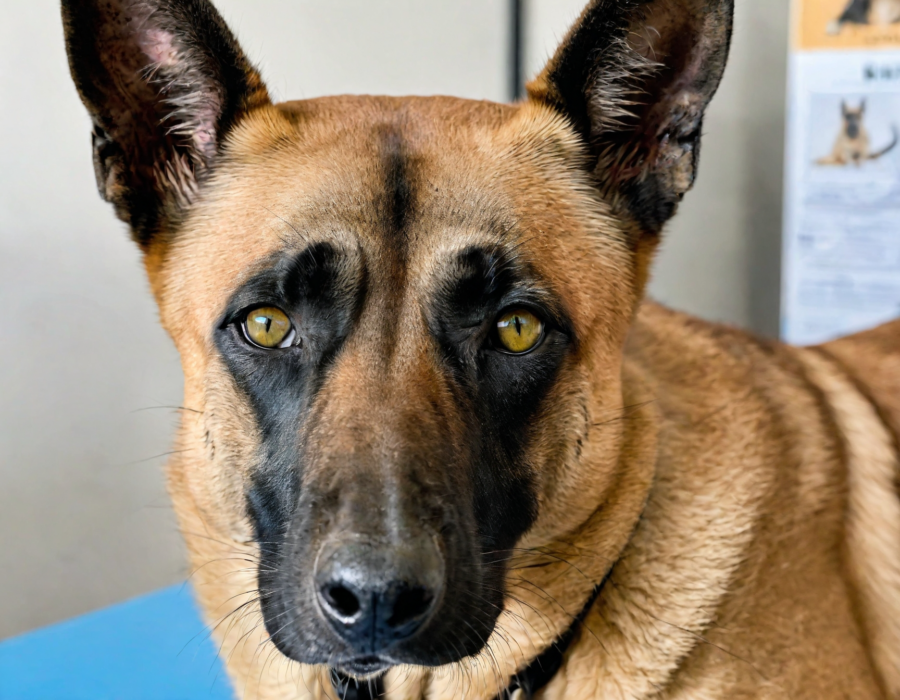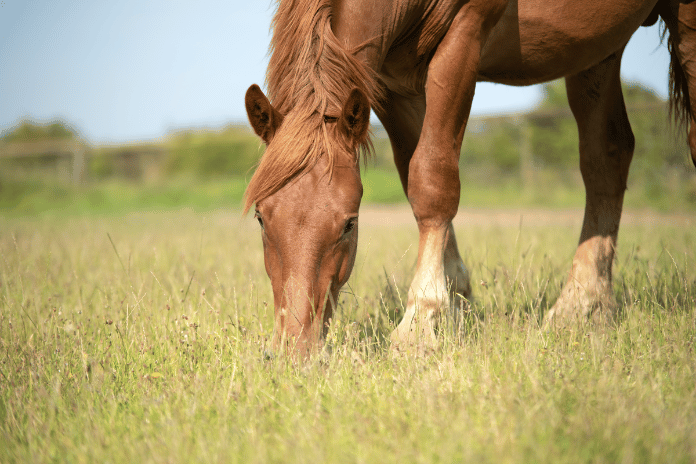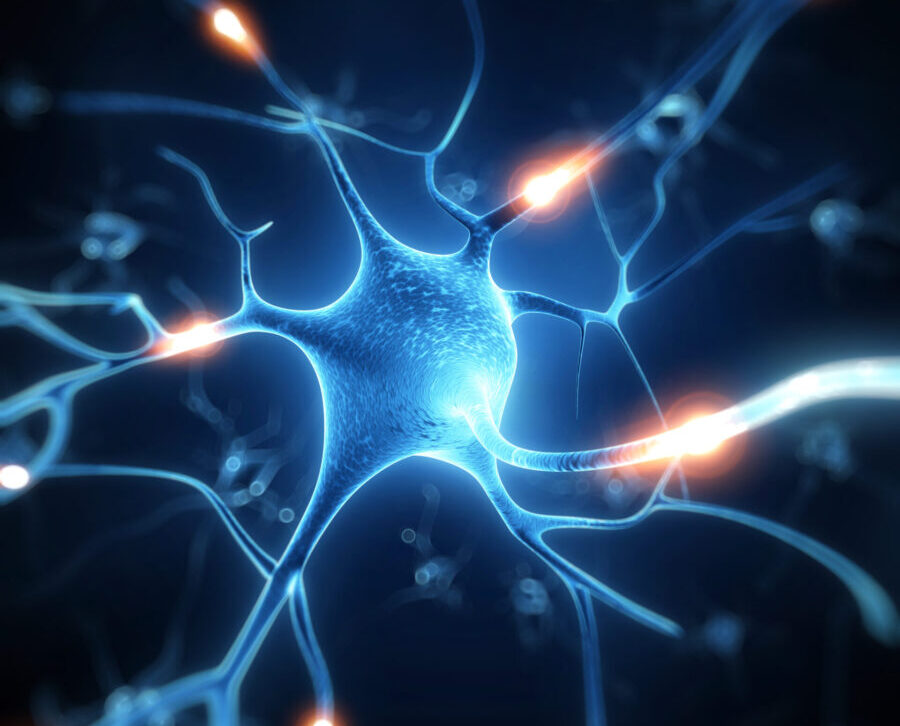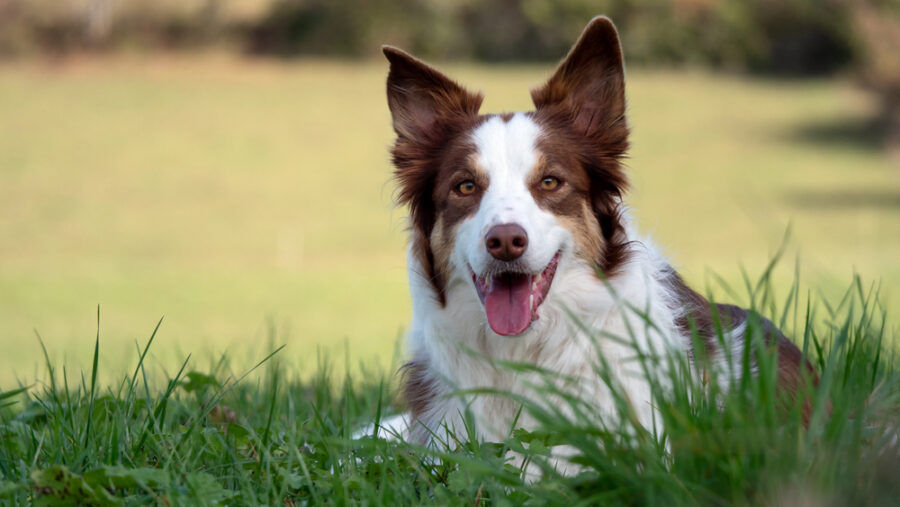Both herbal and non-herbal modalities – including TCVM, Chinese and Western herbal medicine, nutraceuticals and other options — can help address arthritis, hip dysplasia, cruciate ligament tears and other orthopedic disorders in dogs.
Like other species, dogs are susceptible to a wide range of orthopedic conditions, from arthritis to osteochondritis 1-22. This article looks at how integrative therapies in canine orthopedics that includes both herbal and non-herbal approaches such as TCVM, Chinese and Western herbs, nutraceuticals, laser therapy and more can help treat these problems.
Understanding the differences between WVM and TCVM
Generally, the goals of TCVM and Western Veterinary Medicine (WVM) are the same: to promote health and prevent disease. Each has strengths and weaknesses. WVM deals best with acute diseases and includes advanced surgical techniques. TCVM is beneficial for chronic diseases, especially those WVM can only control but not cure.
The practice of TCVM in the Western world today differs from its Chinese origins. First, most of the acupuncture points and meridian lines used by WVM are transposed from the human body. Many ancient techniques, therefore, have been modified to fit Western perceptions and current medical practice. For example, the needles commonly used today are very thin, solid and sterile, whereas traditional tools were large, non-sterile needles of various shapes and sizes.
In general, Western Medicine believes in control while Traditional Chinese Medicine believes in balance; WVM is more mechanistic while TCM and TCVM are more energetic. TCM and TCVM practitioners recognize disease as an imbalance in the body. They understand that the body is an integrated, energetic structure, and that a disturbance of energy flow creates disease in the whole organism. When a disease pattern is identified, one can help restore balance and health by allowing the body to regulate itself.
Diagnostic tests in TCVM include palpation of the Pulse and Shu Points, namely the Jing (Well), Ying (Spring), Shu (Stream), Jing (River) and He (Sea). These Five Shu Points are situated in the peripheral part of each meridian, below the elbows and knees.
Integrative therapies in canine orthopedics
Herbal options for dogs with orthopedic disorders
Chinese herbal medicine
- Examples of Chinese herbal formulas for orthopedic conditions include Wei Qi Booster, based on the classical formula, Si Jun Zi Tang, and Xiao Huo Luo Dan, an herbal formula for pain.
- Chinese herbal medicines fall under the Dietary Supplement Health and Education Act (DSHEA) of the Federal Drug Administration (FDA).
- Various characteristics describe Chinese herbal medicines, including temperature/energy, taste, direction of energy, and channels entered.
- Ancient practitioners initially used individual Chinese herbs to treat diseases. Later, healers found that combining several herbs was more effective, so the concept of Chinese herbal formulas was born.
- TCVM formulas contain different quantities of several Chinese medicinal components, as guided by TCM principles.
Commonly used Western herbs
Curcumin, Boswellia, and Cannabis are the three most frequently used herbal compounds in veterinary settings. Also frequently chosen is T-Relief Pet Arthritis, which contains Arnica plus 12 other natural pain relievers.
The following herbs can reduce inflammation:
- Andrographis paniculata (King of bitters)
- Arnica
- Boswellia
- Hawthorn
- Licorice
- Oregano
- Nettle leaf
- Turmeric (curcumin extract)
- Willow bark (a relative of aspirin, but do not combine with NSAIDs)
- Yucca root
Studies have shown that adding Oregano Essential Oil (OEO) to animal feed can significantly improve their growth performance and health status and reduce the occurrence of disease.20 At the same time, pharmacokinetic studies show that the absorption, distribution, metabolism, and excretion processes of OEO in animals shows good bioavailability.
Non-herbal options for dogs with orthopedic disorders
-
Nutraceuticals
Integrative therapies in canine orthopedics can also encompass nonbotanical nutraceutical interventions including fish oil, glucosamine/chondroitin, avocado/soybean unsaponifiables, undenatured collagen, green lipped mussel, and egg shell membrane supplementation1,9,15,17
-
Tui-na massage15
- Tui-na is a Chinese manual therapy used to prevent and treat disease.
- Various manipulations are applied to acupuncture point meridians; alternatively, special limb-stretching movements are used.
- Tui-Na is one of Five Branches of Traditional Chinese Medicine (TCM). The other four are acupuncture, herbology, food therapy, and exercise such as Tai chi and Qigong.
- Tui-Na moves Qi and Blood to relieve pain.
-
Cold laser therapy12
The light produced by a laser (an acronym for “Light Amplification by Stimulated Emission of Radiation”) is absorbed by tissues, creating both photothermal and photochemical reactions that generate a therapeutic benefit. Cold laser utilizes safe, low-level lasers to improve cell function and stimulation. It helps modulate various biologic processes that enhance:
- Muscle regeneration
- Wound healing
- Joint healing
- Control of acute and chronic pain.
In summary, as far as integrative therapies in canine orthopedics are concerned, both herbal and non-herbal options have been shown to be beneficial in managing and treating canine orthopedic problems.
_____________________________________________________
References
1Innes JF, Fuller CJ, Grover ER, et al. Randomised, double-blind, placebo controlled parallel group study of P54FP for the treatment of dogs with osteoarthritis. Vet Rec 2003;152(15):457-460.
2Reichling J, Schmökel H, Fitzi J, et al. Dietary support with Boswellia resin in canine inflammatory joint and spinal disease. Schweizer Archiv Für Tierheilkunde 2004;146(2): 71-79.
3Henrotin Y, Sanchez C, Balligand M. Pharmaceutical and nutraceutical management of canine osteoarthritis: present and future perspectives. Vet J. 2005 Jul;170(1):113-23. doi: 10.1016/j.tvjl.2004.08.014. PMID: 15993795 Review.
4Budsberg SC, Bartges JW. Nutrition and osteoarthritis in dogs: does it help? Vet Clin North Am Small Anim Pract. 2006 Nov;36(6):1307-23, vii. doi: 10.1016/j.cvsm.2006.08.007. PMID: 17085237 Review.
5Wynn SG, Fougère B. Veterinary clinical uses of medicinal plants. In: Wynn SG, Fougère B, eds. Veterinary Herbal Medicine. St. Louis, MO: Mosby Elsevier; 2007:652-654.
6Siddiqui MZ. Boswellia serrata, a potential anti-inflammatory agent: an overview. Indian J Pharm Sci 2011;73(3):255–261.
7Mobasheri A. Intersection of inflammation and herbal medicine in the treatment of osteoarthritis. Curr Rheumatol Rep 2012;14(6):604–616.
8Perea S. Nutritional management of osteoarthritis. Compend Contin Educ Vet. 2012 May;34(5):E4. PMID: 22581724 Review.
9Barrouin-Melo SM, Anturaniemi J, Sankari S, Griinari M, Atroshi F, Ounjaijean S, Hielm-Björkman AK. Evaluating oxidative stress, serological- and haematological status of dogs suffering from osteoarthritis, after supplementing their diet with fish or corn oil. Lipids Health Dis. 2016 Aug 26;15(1):139. doi: 10.1186/s12944-016-0304-6. PMID: 27566551 Clinical Trial.
10Zhang Z, Leong DJ, Xu L, et al. Curcumin slows osteoarthritis progression and relieves osteoarthritis-associated pain symptoms in a post-traumatic osteoarthritis mouse model. Arthritis Res Ther 2016;18(1):128.
11Nelson KM, Dahlin JL, Bisson J, et al. The essential medicinal chemistry of curcumin. J Med Chem 2017;60(5):1620–1637.
12Downing R. Laser therapy in veterinary medicine. IVC Journal, Feb10, 2017.
13Gamble L, Boesch JM, Frye CW, et al. Pharmacokinetics, safety, and clinical efficacy of cannabidiol treatment in osteoarthritic dogs. Front Vet Sci 2018;5;165.
14Gupta R, Doss R, Lall R, et al. Nutraceuticals in arthritis. In: Gupta RC, Srivastava A, Lall R. eds. Nutraceuticals in Veterinary Medicine. New York City: Springer; 2019:374.
15Dodds WJ, Leumer D, Cody J. HHC Talks Series, 2019, Nos. 1-35.
16Richter G. Herbal therapies for osteoarthritis. Today’s Vet Pract 2020.
17Ratsch BE, Levine D, Wakshlag JJ. Clinical guide to obesity and non-herbal nutraceuticals in canine orthopedic conditions. Vet Clin North Am Small Anim Pract. 2022 Jul;52(4):939-958. doi: 10.1016/j.cvsm.2022.03.002. Epub 2022 May 11. PMID: 35562213.
18Barbeau-Grégoire M, Otis C, Cournoyer A, Moreau M, Lussier B, Troncy E. A 2022 Systematic Review and Meta-Analysis of Enriched Therapeutic Diets and Nutraceuticals in Canine and Feline Osteoarthritis. Int J Mol Sci. 2022 Sep 8;23(18):10384. doi: 10.3390/ijms231810384. PMID: 36142319 Review.
19Dohmen L. What are your top 10 herbs. Webinar, 2024, June.
20Cui H, Zhang C, Su K, Fan T, et al Oregano essential oil in livestock and veterinary
medicine. Animals 2024, 14, 1532. https://doi.org/10.3390/ ani14111532
21Pedersen A, Hyytiäinen H K, Rhodin M, Forterre F, et al. Effect of transcutaneous electrical nerve stimulation on gait parameters in dogs with osteoarthritis. Animals 2024, 14, 1626. https:// doi.org/10.3390/ani14111626.
22Marsden S. Monograph—Xiao Huo Luo Dan, Herbal formula for pain. June 2024. www.civtedu.org.








